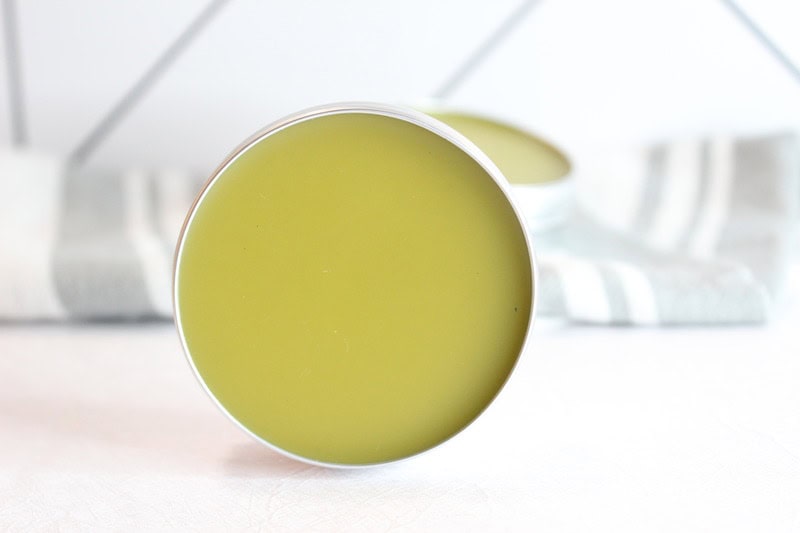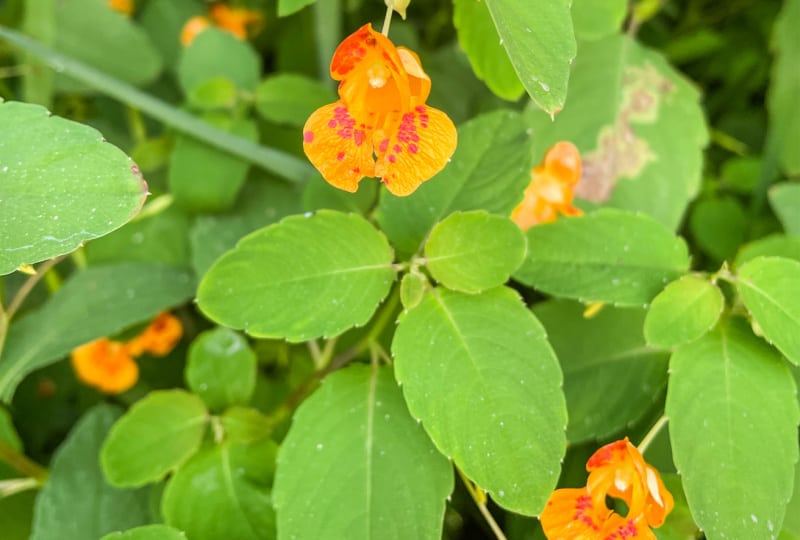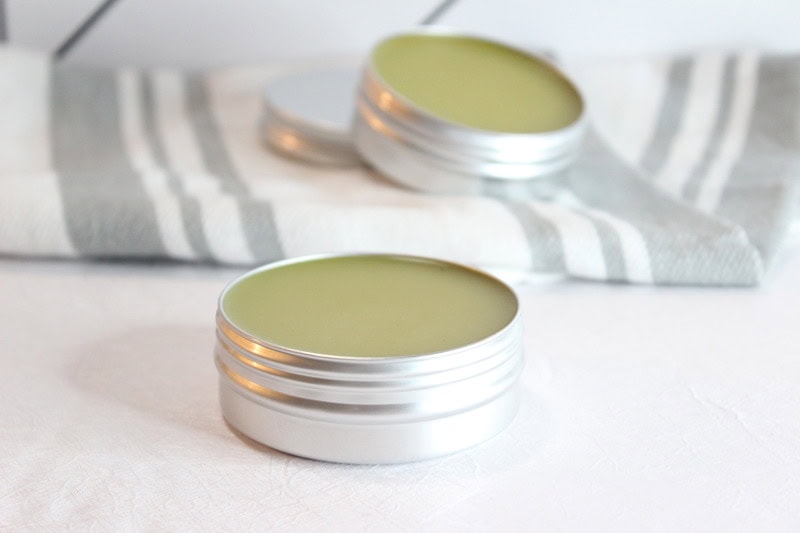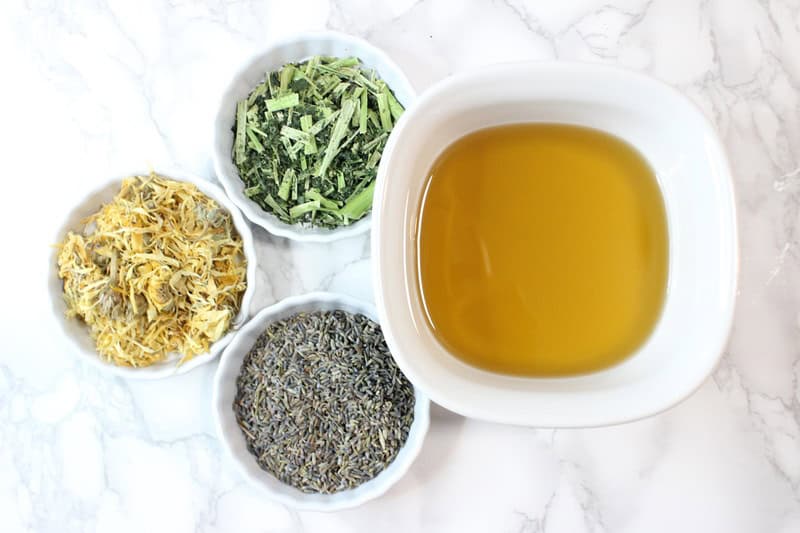Last Updated on July 28, 2024 by Ellen Christian
Discover the natural healing power of jewelweed with our jewelweed salve recipe. Known for its soothing properties, jewelweed is perfect for treating skin irritations.
Posts may be sponsored. This post contains affiliate links, which means I will make a commission at no extra cost to you should you click through and make a purchase. As an Amazon Associate I earn from qualifying purchases.
Jewelweed: Nature’s Remedy for Skin Ailments
In the world of natural remedies, few plants offer as much versatility and effectiveness as jewelweed (Impatiens capensis). Known for its soothing properties and historical use in traditional medicine, jewelweed is a valuable addition to any natural health enthusiast’s toolkit.
This blog post will explore the characteristics of jewelweed, where it grows, its benefits, and how to make a jewelweed salve to harness its healing properties.
What is Jewelweed?
Jewelweed, also known as touch-me-not, is a plant that belongs to the Balsaminaceae family. It is an annual plant that is widely recognized for its distinctive orange or yellow trumpet-shaped flowers, which bloom from mid-summer to early fall. The plant can grow up to five feet tall and often thrives in moist, shaded environments.
Identification
Identifying jewelweed is relatively straightforward once you know what to look for:
– Flowers: The most noticeable feature of jewelweed is its vibrant orange or yellow flowers with dark red spots. The flowers are trumpet-shaped with a spur at the back.
– Leaves: The leaves are oval-shaped with toothed edges and have a light green color. One fascinating feature of jewelweed leaves is their water-repellent nature, causing water droplets to bead up and appear like tiny jewels—hence the name “jewelweed.”
– Stem: The stems are succulent and translucent, with a slightly reddish hue. When broken, they release a watery, mucilaginous sap.
Where Does Jewelweed Grow?
Jewelweed is native to North America and can be found in various parts of the continent. It typically grows in damp, shaded areas such as:
– Woodlands: Jewelweed is commonly found in the understory of deciduous forests, where it benefits from the dappled sunlight and moist soil.
– Streams and Rivers: The plant thrives along the banks of streams and rivers, where the soil remains consistently moist.
– Wetlands: Marshes and swamps provide an ideal environment for jewelweed to flourish.
Benefits of Jewelweed
Jewelweed is renowned for its medicinal properties, particularly its ability to soothe skin irritations. So, here are some of the key benefits of using jewelweed:
1. Relief from Poison Ivy, Oak, and Sumac
One of the most well-known uses of jewelweed is its effectiveness in treating poison ivy, oak, and sumac rashes. The plant contains compounds that neutralize the irritants found in these plants, providing quick relief from itching and inflammation.
I recommend this jewelweed salve recipe for treating minor skin irritations. You can also use this jewelweed spray.
2. Anti-Inflammatory Properties
The sap of jewelweed has natural anti-inflammatory properties, making it useful for reducing swelling and redness associated with various skin conditions.
3. Antifungal and Antimicrobial
Jewelweed also exhibits antifungal and antimicrobial properties, which can help in treating fungal infections and preventing bacterial growth on the skin.
4. Wound Healing
Thanks to its soothing and healing properties, jewelweed can be used to promote the healing of minor wounds, cuts, and abrasions.
How to Harvest Jewelweed
Harvesting jewelweed is relatively simple, but it’s important to do so sustainably to ensure the plant continues to thrive in its natural habitat. Here are some tips for harvesting jewelweed:
1. Timing: The best time to harvest jewelweed is in the morning, after the dew has dried but before the heat of the day sets in. Late summer is the ideal season, as this is when the plant is in full bloom.
2. Selection: Choose healthy plants that are free from disease or insect damage. Avoid harvesting from areas that may be contaminated with pesticides or pollutants.
3. Method: Use clean scissors or a knife to cut the stems near the base of the plant. Be sure to leave some plants intact to allow for natural reseeding.
How to Make Jewelweed Salve Recipe
Making a jewelweed salve is a great way to preserve the plant’s healing properties and have it on hand for use throughout the year. Here is a simple recipe to create your own jewelweed salve.
Ingredients
1/3 cup jewelweed
¼ cup lavender flowers
¼ cup calendula
¾ cup avocado oil
1 ½ tablespoons beeswax
Essential oils optional
Jewelweed Salve Recipe Instructions
Rinse the jewelweed thoroughly to remove any dirt or insects.
Chop the plant material into small pieces.
Add the calendula, lavender, and jewelweed into a glass jar.
Then, add in the avocado oil to fully cover everything.
Cover the jar with a lid and keep it in a dark spot for a few weeks, shaking ever so often. Then strain.
In a double boiler or a heat-safe bowl set over a pot of simmering water, melt the infused oil and beeswax pellets.
Pour the mixture into tins and let cool for a few hours or overnight.
Store the salve in a cool, dark place. It should keep for up to a year.
To use, apply a small amount of salve to the affected area as needed.
Conclusion
Jewelweed is a remarkable plant with numerous benefits for skin health. Its natural soothing properties make it an excellent remedy for poison ivy, insect bites, and other skin irritations.
By learning to identify, harvest, and use jewelweed, you can take advantage of this natural remedy and even create your own jewelweed salve to keep on hand for whenever you need it.
So, embrace the power of nature with jewelweed and discover the relief it can bring to your skin ailments.
Jewelweed Salve Recipe for Skin Irritations
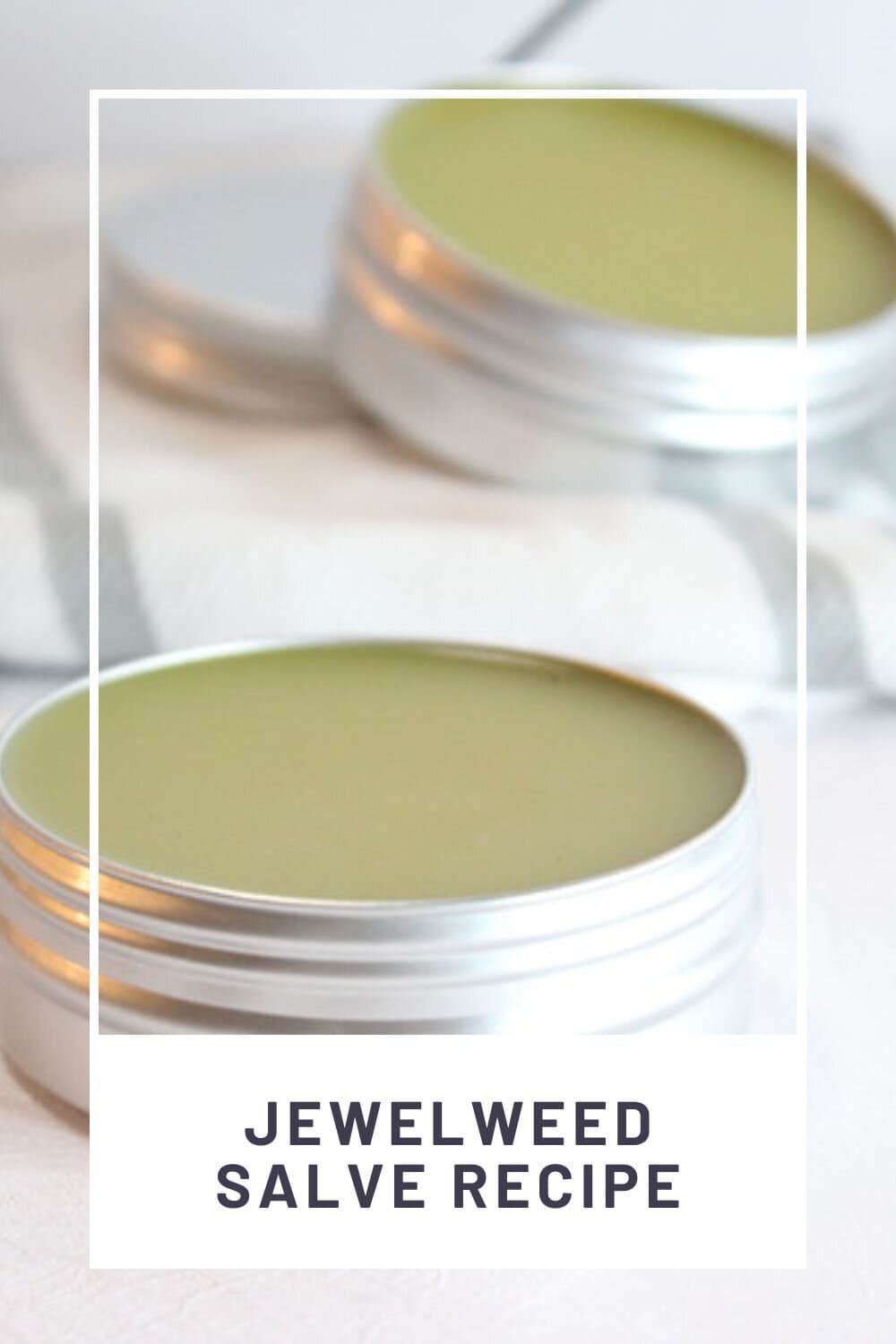
Discover the natural healing power of jewelweed with our jewelweed salve recipe. Known for its soothing properties, jewelweed is perfect for treating skin irritations.
Materials
- 1/3 cup jewelweed
- ¼ cup lavender flowers
- ¼ cup calendula
- ¼ cup calendula
- ¾ cup avocado oil
- ¾ cup avocado oil
- 1 ½ tablespoons beeswax
- 1 ½ tablespoons beeswax
- Essential oils optional
Tools
- double boiler
Instructions
- Add the calendula, lavender, and jewelweed into a glass jar.
- Then, add in the avocado oil to fully cover everything. Cover the jar with a lid and keep it in a dark spot for a few weeks, shaking ever so often. Then strain.
- In a double boiler or a heat-safe bowl set over a pot of simmering water, melt the infused oil and beeswax pellets.
- Pour the mixture into tins and let cool for a few hours or overnight.

Ellen is a busy mom of a 24-year-old son and 29-year-old daughter. She owns six blogs and is addicted to social media. She believes that it doesn’t have to be difficult to lead a healthy life. She shares simple healthy living tips to show busy women how to lead fulfilling lives. If you’d like to work together, email info@confessionsofanover-workedmom.com to chat.

